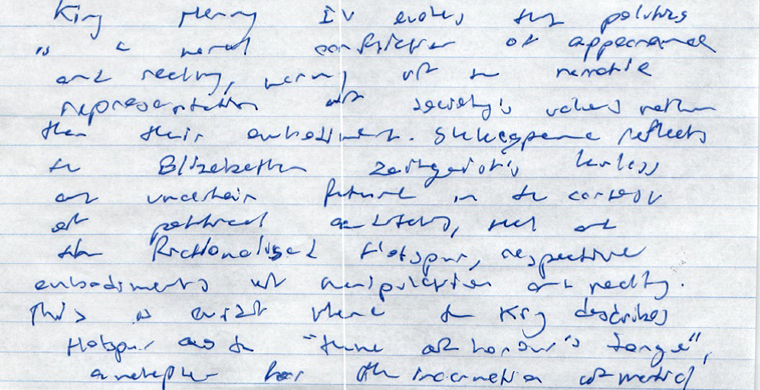
From time to time I get a hand-written note or letter from older women about a column I’ve written. Rarely are such letter writers critical, and I enjoy knowing that my writing is appreciated. What’s always of interest to me, though, is the lovely and refined penmanship these notes so often display.
In my early 60s, I might well be a member of the final generation to have studied and actively practiced penmanship in grammar school. This is not to say children are not taught to read and write; rather that the beauty, classical forms and style of penmanship comprising a highly personal form of expression has dissolved into the computerized wastebasket of history.
There are many fine examples of outstanding penmanship from the past. The quill and ink written Declaration of Independence reveals a flair and flourish virtually impossible in our age of computerized type. Perhaps the elegance of that hands-on document contributed to its power? Skill with an inked quill – sweeping resplendent curves and smoothly tapered lines – is difficult to master; should I have been required to do so in writing this column it would not have been written. But in my youth, fountain pens and pencils were acceptable (ball point pens arrived later), and it was with these instruments I first practiced loop letters.
Beginning in second grade we were provided paper with horizontal lines one inch apart. On these we were required to create rows of letters; a row of “f” followed by a row of “g” and so on across and down the entire page. Time each day was devoted to penmanship, and each paper was reviewed and marked-up by the teacher using a red pencil. Over the years, cursive writing became comfortable and normal, and reams of essays, book reports and homework were so written. Remarkably, each student developed an individual cursive style, often reflective of their personality. My friend Jimmy, a rough and tumble fellow, developed penmanship that created points at the ends of his loops, not unlike the sharpness of his behavior at recess. Mary Lu’s letter forms evolved into exaggerated roundness, displaying a vitality like her own.
In fourth grade I wore a splint on my right hand due to a broken pinkie. My handwriting was predictably affected, and I never understood why my teacher gave me a poor grade. By the next semester, splint removed, she noted that my penmanship had improved greatly!
I’m still thrilled by a beautifully executed loop letter. And an ornate capital “G” or “H” provides unique insight into personality. On the web, I found a copy of a 1914 Army registration form filled in by my grandfather. His cursive, like that of other men of his time, was well executed. The capital “H” he used for his middle initial is upright and dignified but also elegant, much like the gentleman he later became.
I’ll confess that with each passing year I write by hand less often. I compose my columns on computer, and my handwriting has been relegated to shopping lists and post-it notes. I’m dismayed to see that through lack of practice my loop letters are degrading. My cursive was passable, sometimes even attractive. I’m determined to recover, and to that end I’m in the market for a fine fountain pen.